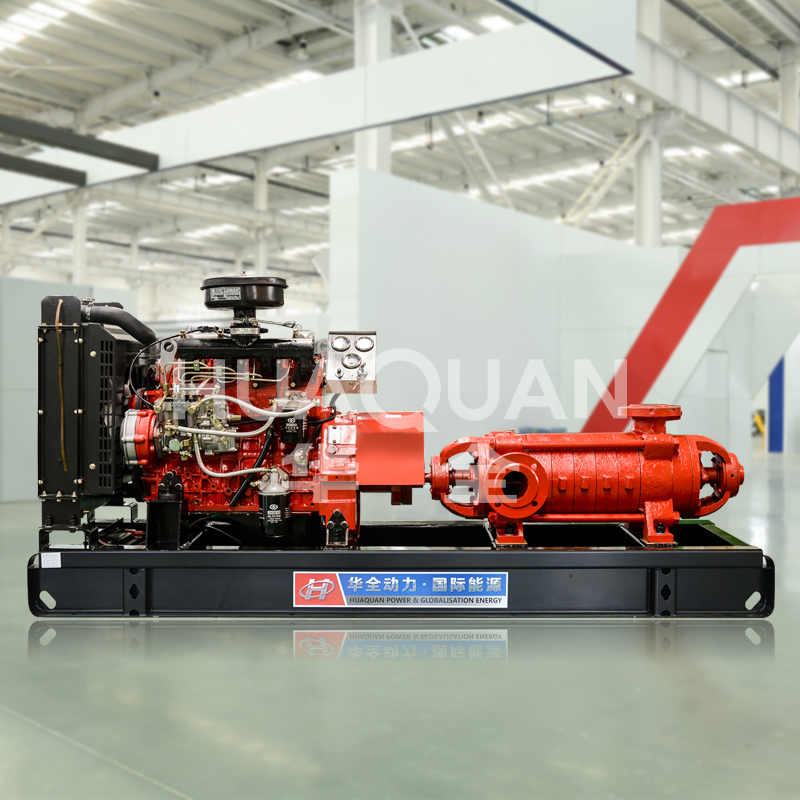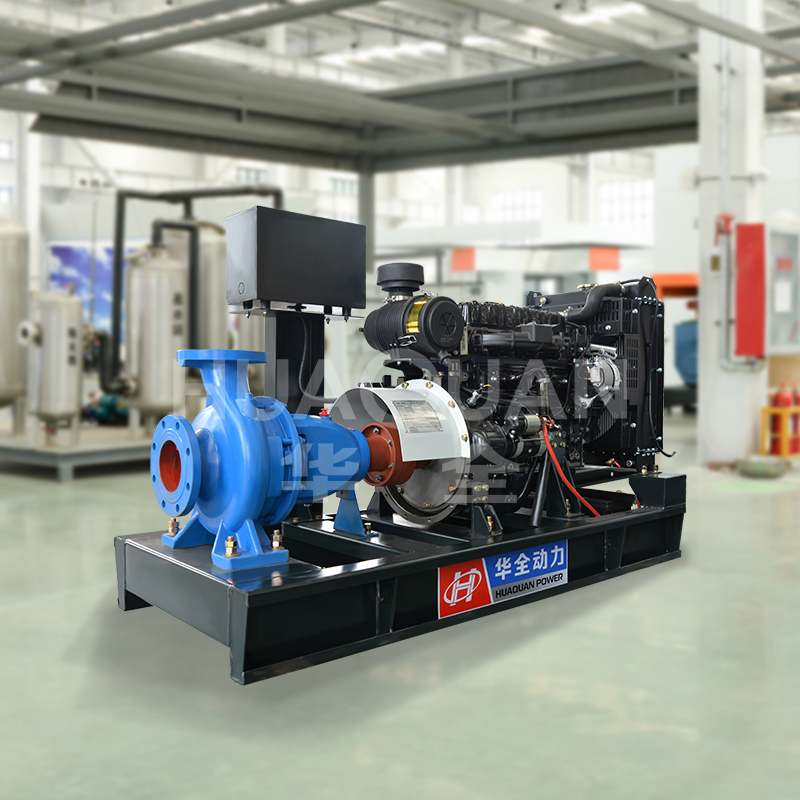An Emergency pump is a vital tool for flood control, firefighting, and drainage in urgent situations. Selecting the right pump ensures efficiency and reliability during critical moments. Key factors such as power source, flow capacity, and durability must be considered to meet specific emergency needs.
Key Considerations When Choosing an Emergency pump
1. Power Source
Emergency water pumps can be powered by electricity, gasoline, diesel, or even manual operation. Electric pumps are suitable for indoor use, while fuel-powered pumps are ideal for remote locations without electricity.
2. Flow Rate and Head Pressure
The pump’s flow rate determines how quickly it can move water, while head pressure affects its ability to push water vertically. Choose a model that matches the required volume and elevation for effective performance.
3. Portability and Durability
In emergencies, mobility is crucial. Lightweight, compact pumps with sturdy construction are easier to transport and deploy. Corrosion-resistant materials ensure longevity in harsh conditions.
4. Type of Pump
Submersible Pumps: Best for deep water extraction.
Centrifugal Pumps: Ideal for high-flow applications like flood control.
Diaphragm Pumps: Suitable for handling muddy or debris-filled water.
5. Ease of Maintenance
A reliable emergency water pump should have accessible parts and simple maintenance requirements to ensure quick repairs when needed.
Choosing the right Emergency pump depends on the specific scenario, power availability, and required performance. By evaluating power sources, flow capacity, durability, and maintenance needs, users can select a pump that ensures efficient water management in critical situations. Investing in a high-quality emergency water pump enhances preparedness and minimizes risks during disasters.
More information about Huaquan Power:https://sinogens.com/








